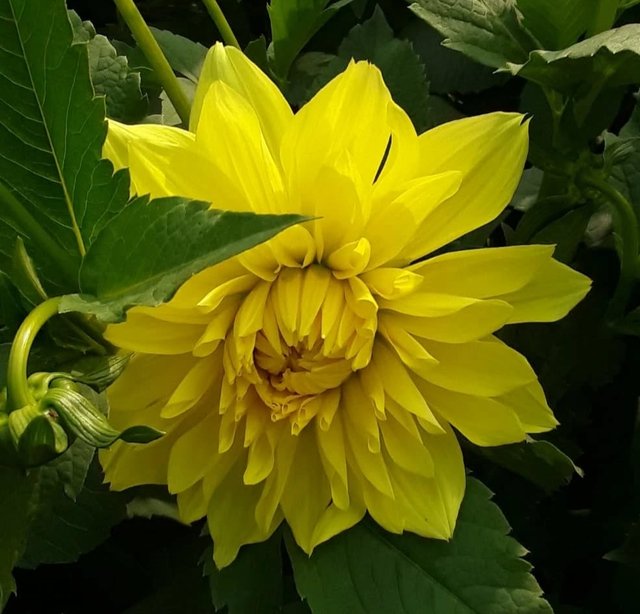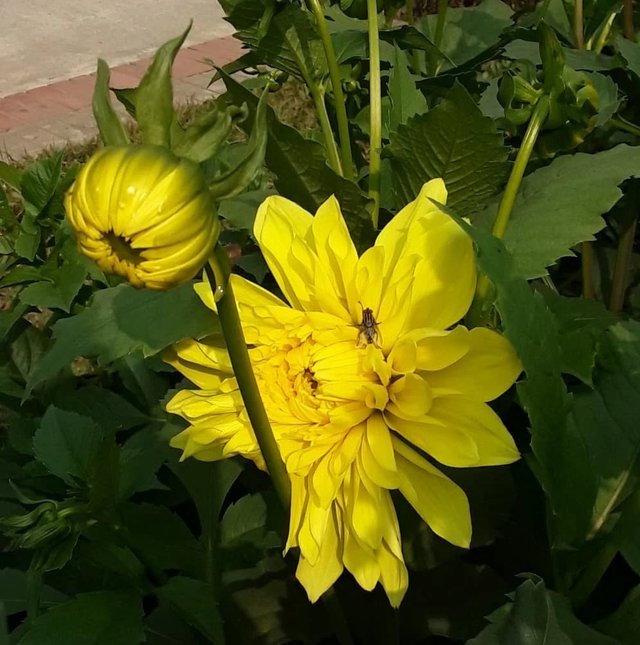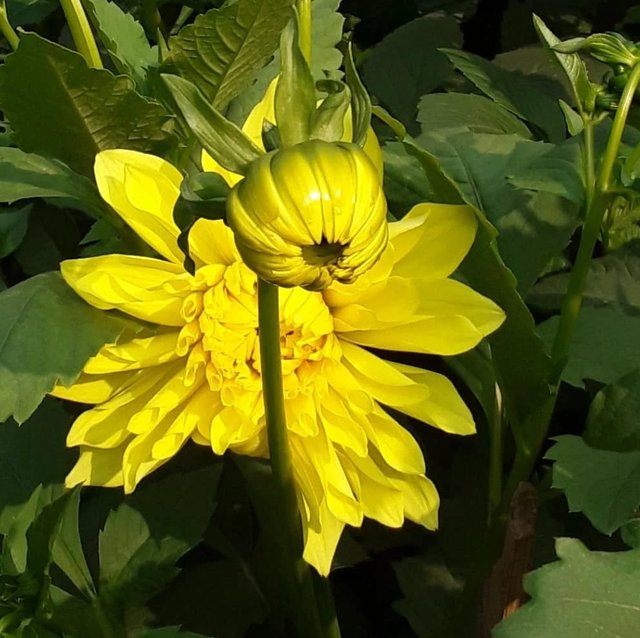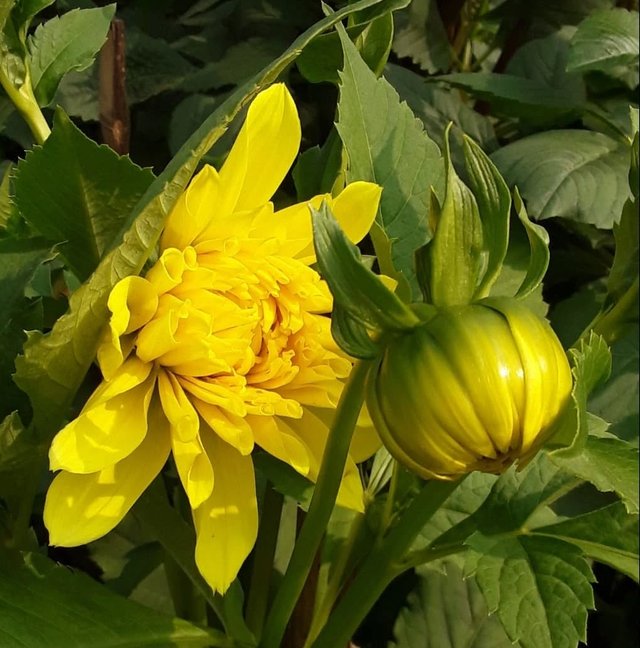Certainly! Here’s a detailed post about dahlias, their history, significance, and care:
Dahlias: Nature’s Living Masterpieces
Dahlias are among the most beloved flowering plants, admired for their dazzling array of colors, intricate petal structures, and impressive size range. Native to Central America, particularly Mexico, these flowers have become a favorite worldwide, gracing gardens, flower arrangements, and even cultural ceremonies. Here’s an in-depth exploration of these botanical marvels.
A Brief History of Dahlias Dahlias were first discovered by Spanish explorers in the 16th century in Mexico. The Aztecs called them Acocoxochitl and valued them not only for their beauty but also for practical uses. The tubers were sometimes used as a food source, and the hollow stems were utilized for water transport.
In 1789, dahlias were introduced to Europe, where they quickly gained popularity as ornamental plants. Botanists were fascinated by their ability to hybridize, leading to the incredible diversity of dahlia varieties we see today. By the 19th century, dahlias had become a symbol of elegance and were prominently featured in Victorian gardens.
Varieties and Classifications
One of the most remarkable aspects of dahlias is their diversity. With over 42 recognized species and tens of thousands of cultivars, dahlias come in nearly every size, shape, and color imaginable. The American Dahlia Society classifies dahlias into several forms based on their petal structure, including:Pompon: Small, perfectly round blooms with tightly packed petals.
Cactus: Spiky, rolled petals that radiate outward.
Dinner Plate: Massive blooms, often exceeding 10 inches in diameter.
Anemone: Central disc surrounded by flat petals resembling the sea creature.
Single-flowered: Simple, daisy-like blooms with a single row of petals.
Growing and Caring for Dahlias
Dahlias are relatively easy to grow but require proper care to thrive. Here are some essential tips:
Planting Location: Dahlias love sunlight and need at least 6-8 hours of full sun daily.
Soil: They prefer well-drained, fertile soil with a slightly acidic to neutral pH.
Timing: Plant dahlia tubers in the spring after the danger of frost has passed.
Watering and Feeding Water regularly but avoid waterlogging. Overwatering can cause tubers to rot.
Fertilize with a low-nitrogen fertilizer every 3-4 weeks during the growing season to encourage blooms.
Staking and Pruning Tall varieties often need staking to prevent the stems from breaking.
Deadhead spent flowers to encourage continuous blooming and prevent the plant from going to seed.
Overwintering In colder climates, dig up the tubers in late fall after the foliage has blackened by frost.
Store them in a cool, dry place to replant in spring.




Thanks For Reading
Device Information
| Device | Redmi Note 10 Pro |
|---|---|
| Lens | 64 mp |
| Location | Bangladesh |
%20(7).jpeg)